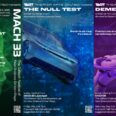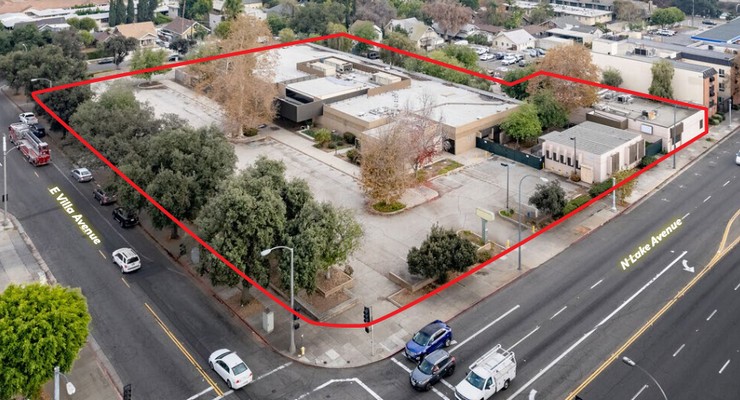Huntington Medical Research Institutes (HMRI) in Pasadena announces publication of “Noninvasive iPhone measurement of left ventricular ejection fraction using intrinsic frequency methodology” in Critical Care Medicine. The study was led by Niema Pahlevan, PhD, now an Assistant Professor of Mechanical Engineering at USC and Research Scientist at HMRI, who put together a multidisciplinary team of experts in fluid dynamics, magnetic resonance imaging (MRI), cardiology and critical care medicine to accomplish the work. The other authors on the study are Drs. Derek Rinderknecht, Peyman Tavallali, Marianne Razavi, and Prof. Morteza Gharib (all Caltech), Thao Tran, Dr. Robert Kloner and Dr. Marie Csete (HMRI) and Dr. Michael Fong (USC).
“If you have ever had an echocardiogram, you know that the machinery is bulky and scheduling can be difficult, so that getting frequent cardiac function studies with echocardiography is impractical,” says Dr. Csete, the Chief Executive and Science Officer of HMRI. Dr. Pahlevan developed an elegant solution for rapid, non-invasive capture of left ventricular ejection fraction (LVEF), an important measurement used by cardiologists to assess effectiveness of cardiac contractions. Using an iPhone video function to record skin displacement over the carotid pulse in the neck, he converted this information into a picture of the pulse waveform. Then using mathematical tools to analyze the waveform shape, he uncovered hidden oscillations in the waveform called ‘intrinsic frequencies’. The study conducted at HMRI was to determine if these intrinsic frequencies could in turn be used to calculate LVEF, and the calculation was compared to the gold standard measurement of LVEF obtained using cardiac MRI. The main result of the study is that the virtually instantaneous measure of cardiac function using the iPhone agrees well with the MRI-derived measurement, and may even be more accurate than echocardiography for capturing LVEF. The paper was selected as a feature article, a great honor for a young investigator by a prestigious journal.
“We are very excited that Dr. Pahlevan will continue to work with the clinicians and scientists at HMRI, and be a bridge to engineering at USC. The multidisciplinary approach to research is emphasized at HMRI, because it is the cross-talk between experts in very different disciplines that is needed to understand complex diseases. Dr. Pahlevan’s work will fits in so well with HMRI’s other work diseases of the cardiovascular system and brain. In particular Dr. Pahlevan and Dr. Kevin King, HMRI’s Director of Imaging Research, are now starting to tackle vascular disease in the brain, which is an important contributor to dementia,” says Dr. Csete. “I encourage the public to keep an eye on HMRI’s website (www.hmri.org) as we register clinical studies. Local volunteer research subjects are the key to progress in our research.”
HMRI is a 65 year old non-profit research institute, Pasadena’s only dedicated biomedical research organization. HMRI’s mission is “changing lives through multidisiciplinary, patient-focused research.”














 0 comments
0 comments



